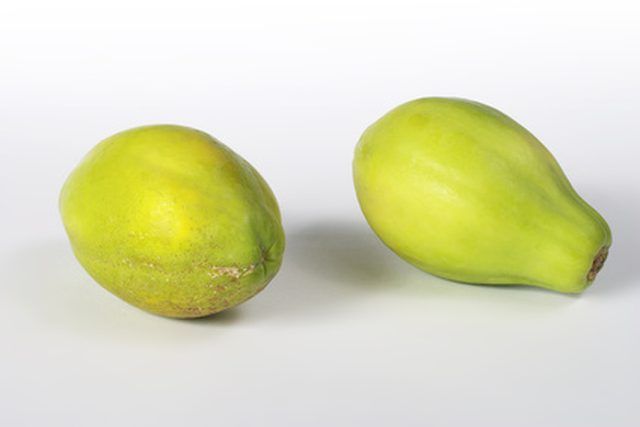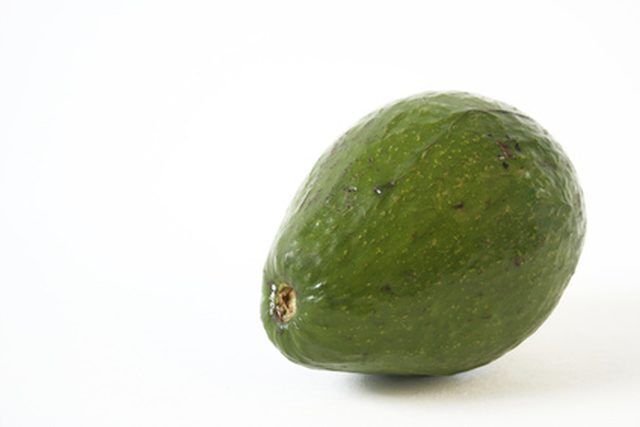Bulbs
Flower Basics
Flower Beds & Specialty Gardens
Flower Garden
Garden Furniture
Garden Gnomes
Garden Seeds
Garden Sheds
Garden Statues
Garden Tools & Supplies
Gardening Basics
Green & Organic
Groundcovers & Vines
Growing Annuals
Growing Basil
Growing Beans
Growing Berries
Growing Blueberries
Growing Cactus
Growing Corn
Growing Cotton
Growing Edibles
Growing Flowers
Growing Garlic
Growing Grapes
Growing Grass
Growing Herbs
Growing Jasmine
Growing Mint
Growing Mushrooms
Orchids
Growing Peanuts
Growing Perennials
Growing Plants
Growing Rosemary
Growing Roses
Growing Strawberries
Growing Sunflowers
Growing Thyme
Growing Tomatoes
Growing Tulips
Growing Vegetables
Herb Basics
Herb Garden
Indoor Growing
Landscaping Basics
Landscaping Patios
Landscaping Plants
Landscaping Shrubs
Landscaping Trees
Landscaping Walks & Pathways
Lawn Basics
Lawn Maintenance
Lawn Mowers
Lawn Ornaments
Lawn Planting
Lawn Tools
Outdoor Growing
Overall Landscape Planning
Pests, Weeds & Problems
Plant Basics
Rock Garden
Rose Garden
Shrubs
Soil
Specialty Gardens
Trees
Vegetable Garden
Yard Maintenance
Endangered Fruits & Vegetables
Endangered Fruits & Vegetables. Endangered fruits and vegetables are any fruits or vegetables that are either losing their natural habitat or are no longer being widely cultivated due to a lack of commercial viability. People who are working to save endangered foods believe in growing and eating these foods to keep them from obsolescence. They see...

Endangered fruits and vegetables are any fruits or vegetables that are either losing their natural habitat or are no longer being widely cultivated due to a lack of commercial viability. People who are working to save endangered foods believe in growing and eating these foods to keep them from obsolescence. They see food diversity disappearing quickly due to globalization and current monocrop agriculture practices; they believe that paying a little more for food from a small or local farm, planted in smaller crops, is worth it. Haling from all over the U.S. and the world, endangered fruits and vegetables are gaining in popularity at farmers' markets.
Pawpaw
Custardy and thin-skinned, pawpaw fruit is a native to eastern U.S. temperate forests. Pawpaw is endangered because it doesn't pollinate easily, it's habitat is being destroyed and it is not able to be shipped long distances for commercial sales.

Yellow-Meated Watermelon
Cultivated originally by the Tohono O'Odham people of the Southwestern U.S. and Northern Mexico, the yellow-meated watermelon can withstand the searing temperatures of the Arizona desert. However, it is not available seedless and doesn't have the red flesh consumers expect, so it is becoming endangered.

Fuerte Avocado
Originating in California, the fuerte avocado is tasty, easy to peel, and has a smooth skin. It is not as popular an avocado because, unlike the dark-skinned Haas, it cannot be produced year round and it doesn't ship as well.

Chiltepin Pepper
Growing wild from West Texas to Arizona, the chiltepin pepper is the only wild, native pepper of the U.S. Chiltepins are smoky in flavor and very spicy. They can be fermented, pickled or dried. They are endangered because they are not cultivated as widely as the jalepeno or other peppers, and their natural habitat is threatened.
Algonquin Squash
Relatively dry but still meaty, the Algonquin squash is originally from the area of the U.S. now called New England. This squash, historically grown by some of the native Abenaki people, is sweet, rich and flavorful. However, it is not familiar to consumers, and so is usually only carried by specialty stores or at farmer's markets.
Speckled Lettuce
Juicy and meaty, speckled lettuce hails from Holland. Its flavor is comparable to that of watercress. It is much less popular than green leaf or iceberg lettuces, partly because some people mistake its brown speckles for rotten spots.